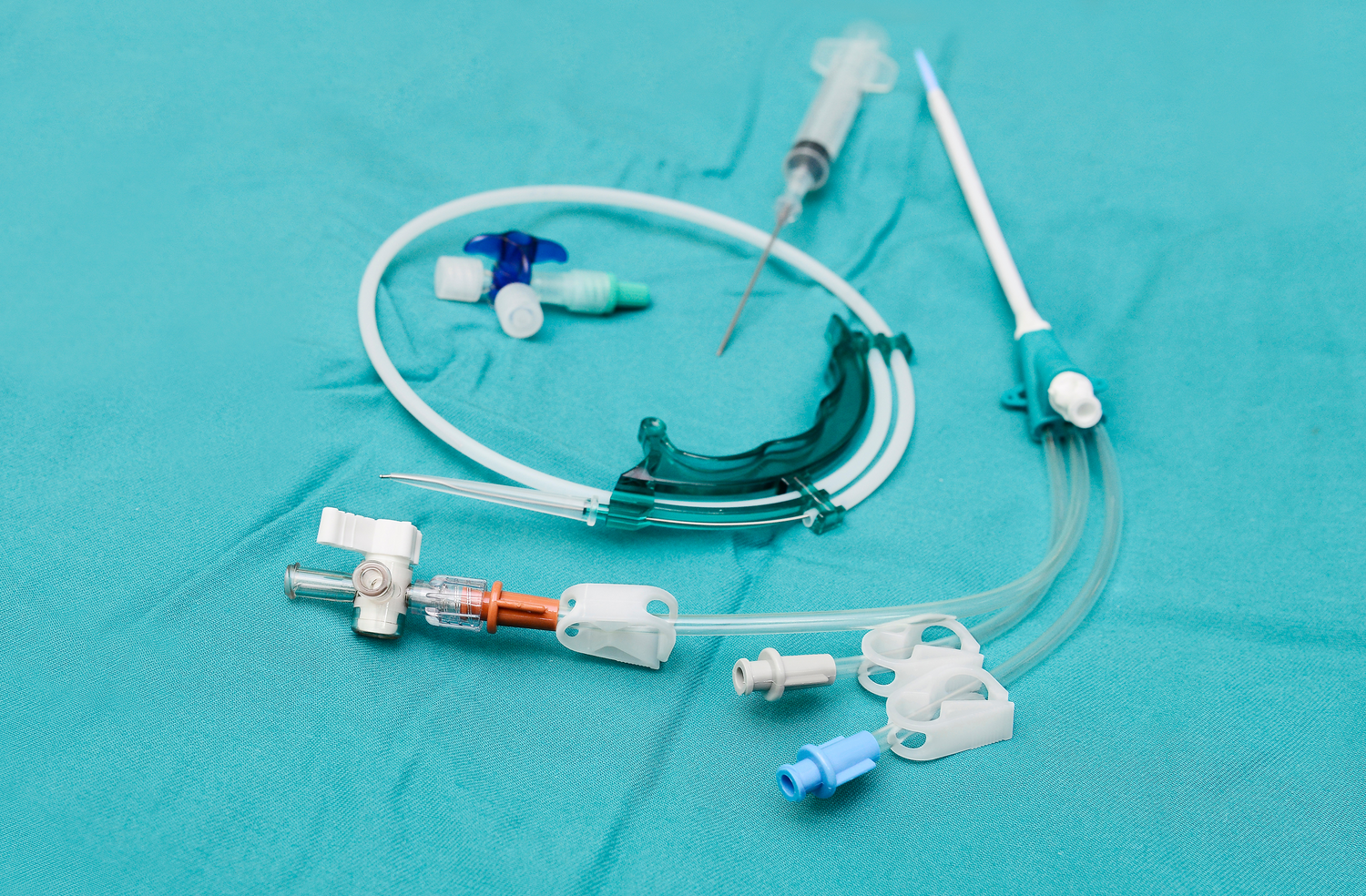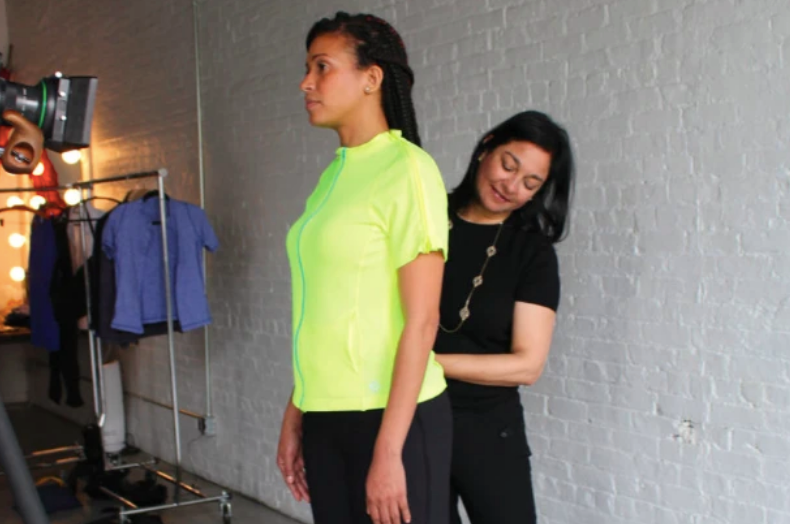Your doctor told you that they will need to insert a tunneled central venous catheter into your chest. What is CVC and what should you expect?
CVC is known as a tunneled central venous catheter. It is a thin tube connected to the upper part of your chest, inserted into a big vein near your heart. These chest catheters have multitude of functions; they help infuse medications for chemotherapy, dialysis, and other treatments on your body. The catheter also makes it effortless to administer blood transfusions, IV nutrition, and other fluids to your body. Tunneled CVC is commonly used for dialysis. Among the benefits of a tunneled CVC is that you will avoid countless needles for treatments. The best part of having a tunneled CVC is that it does not interfere with your day-to-day life. You can still do all the things that you did without the tunneled catheter.
Tunneled Catheter Placement
A tunneled catheter is set right under your skin, near the right atrium of your heart. This is exactly where your large vein enters your heart. The tunneled catheter links to that vein so that a seamless exchange of fluids can take place from your body. On the outside, the tunneled CVC can be seen near the upper chest, on one side, right below the collarbone. The size of the chest catheter on the outside is that of a quarter.
A tunneled CVC is placed in the body under general anesthesia in the operating room. Two cuts are made on the skin, one above the vein on which the catheter needs to be attached, the second where it will come out of your body. After that, the catheter is inserted into the large vein. The catheter is tunneled under the skin, and it comes out of your chest. The openings are stitched and a dressing is applied to the chest area once the procedure is done. Be aware that this area might get sore. But don't worry, soon you will forget if the catheter is even there.
Types of tunneled catheters
There are three main types of CVC. These are a tunneled central venous catheter, a peripherally inserted central catheter, and a subcutaneous port. Tunneled and non-tunneled are two types of central venous catheters. Tunneled CVCs are placed under the skin. Therefore, they are used for long-term purposes. On the other hand, non-tunneled catheters are temporary and may be put into a large vein near your neck, chest, or groin. Tunneled CVCs also come in three types, or rather three brands called Broviac, Hickman, and Groshong.
Why is getting a catheter a good idea?
As mentioned, the most significant benefit of getting a tunneled CVC or tunneled central lines is that it will avoid the need of having too many needles inserted in you. Most of your treatments will be delivered through a catheter, and blood samples can be taken through a catheter as well. For people undergoing IV therapy, it makes the entire procedure pain-free and easy. Moreover, getting the IV therapy through catheters reduces the burning sensation otherwise felt. Catheters can be placed for days, weeks, months, or even years, providing long-term access. The CVC will soon enough become a part of your body, so much so that you will often forget it’s there.
How to care for tunneled catheters at home?
You should, first of all, try to keep your catheter secure at all times. This could be done using proper dressing. This is done so that you do not accidentally pull on it and cause yourself discomfort. You should also frequently check your chest area near the catheter for redness, tenderness, leakage, swelling, and bleeding. If you notice any of these things, it is a good idea to talk to your doctor. Maintenance is a critical part of wearing a catheter. Your dressing, needleless connectors, and disinfection caps will need to be replaced very often, and your catheter will need to be flushed. Be sure to be diligent about it to help avoid complications.
Here at Reboundwear, where fashion meets function™ we have designed a line of fashionable clothing that meets all your adaptive needs. If you have a tunneled catheter, check out our comfortable fitting, port-access clothes that will make your life much easier.





Leave a comment
All comments are moderated before being published.
This site is protected by hCaptcha and the hCaptcha Privacy Policy and Terms of Service apply.